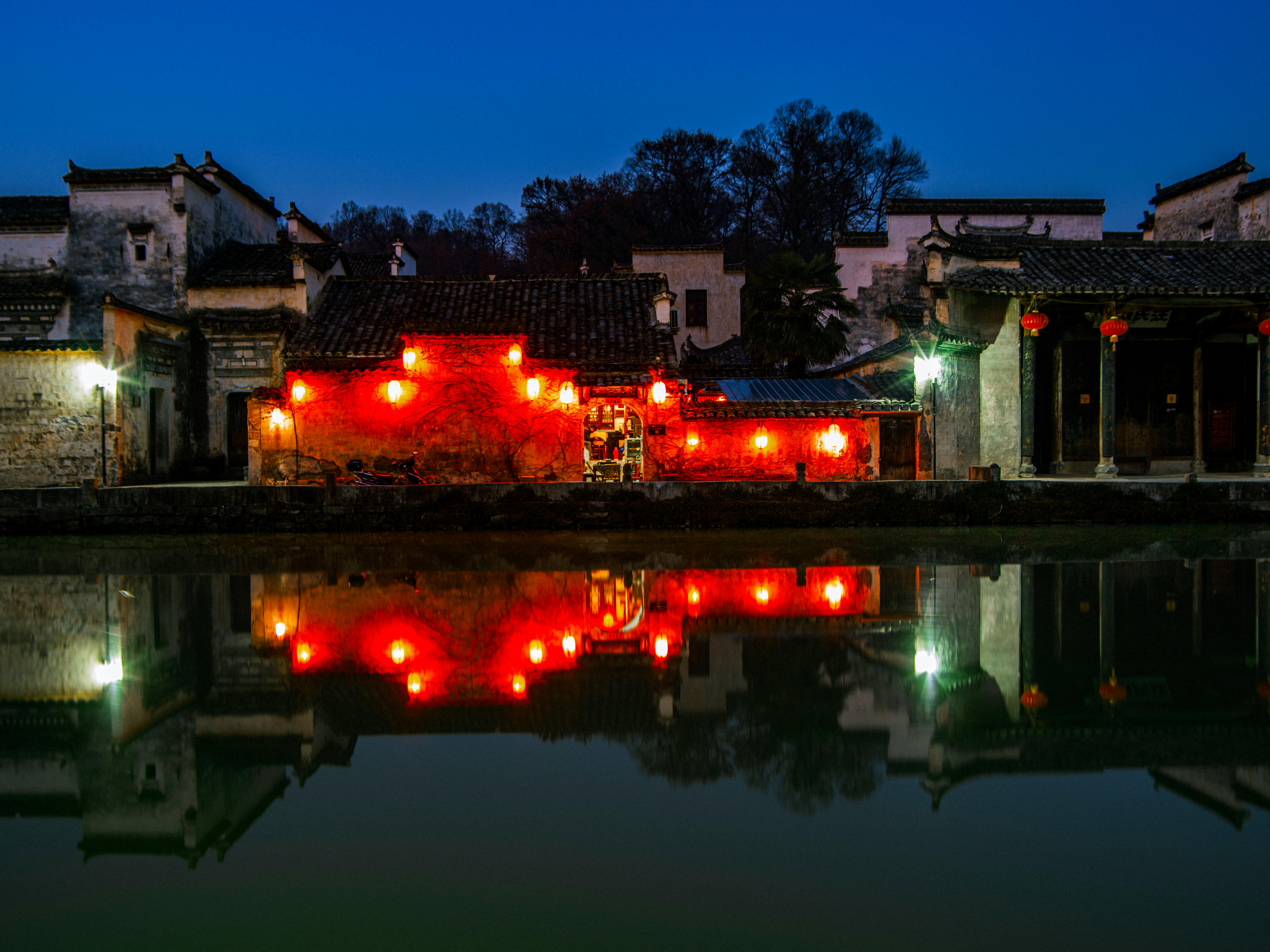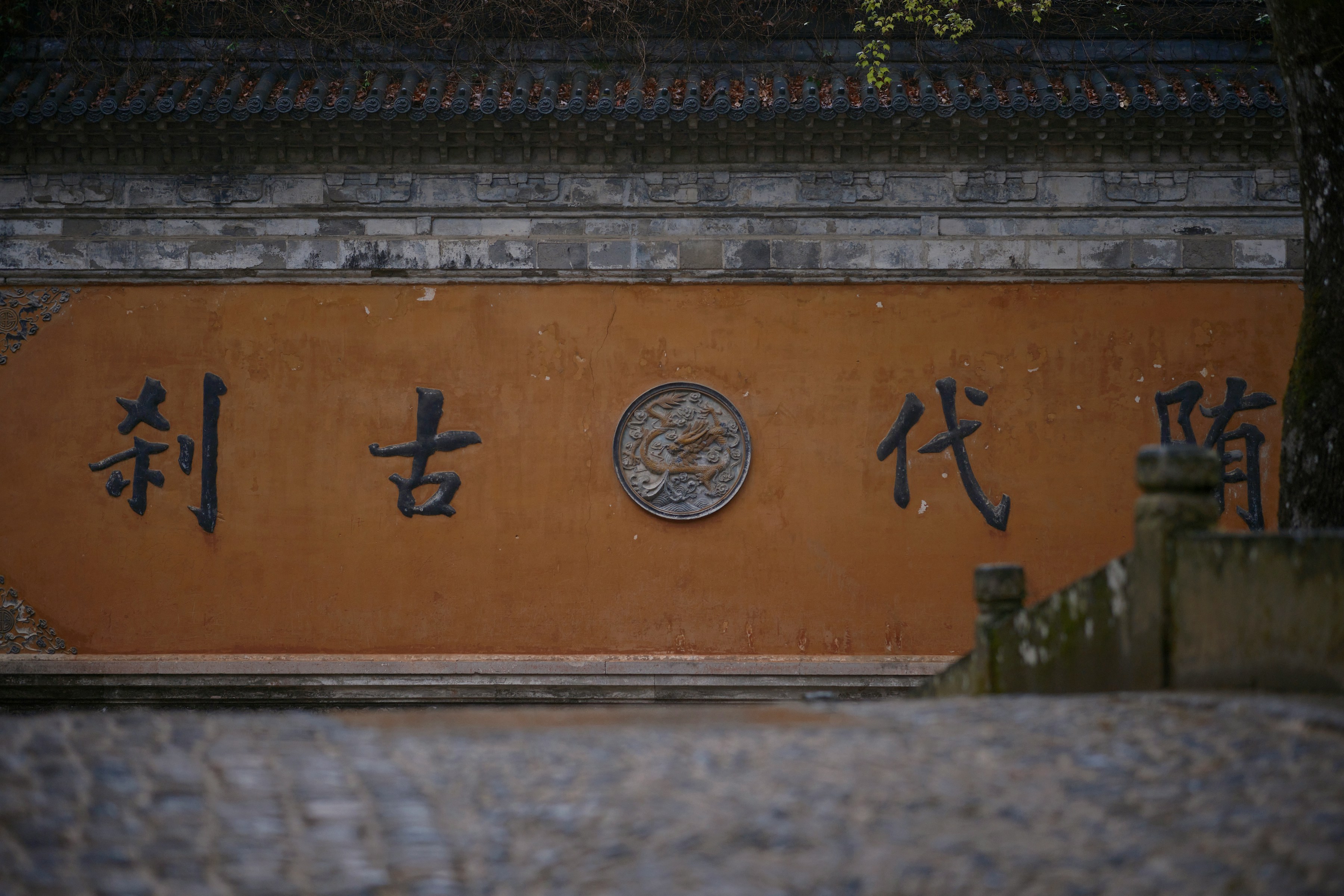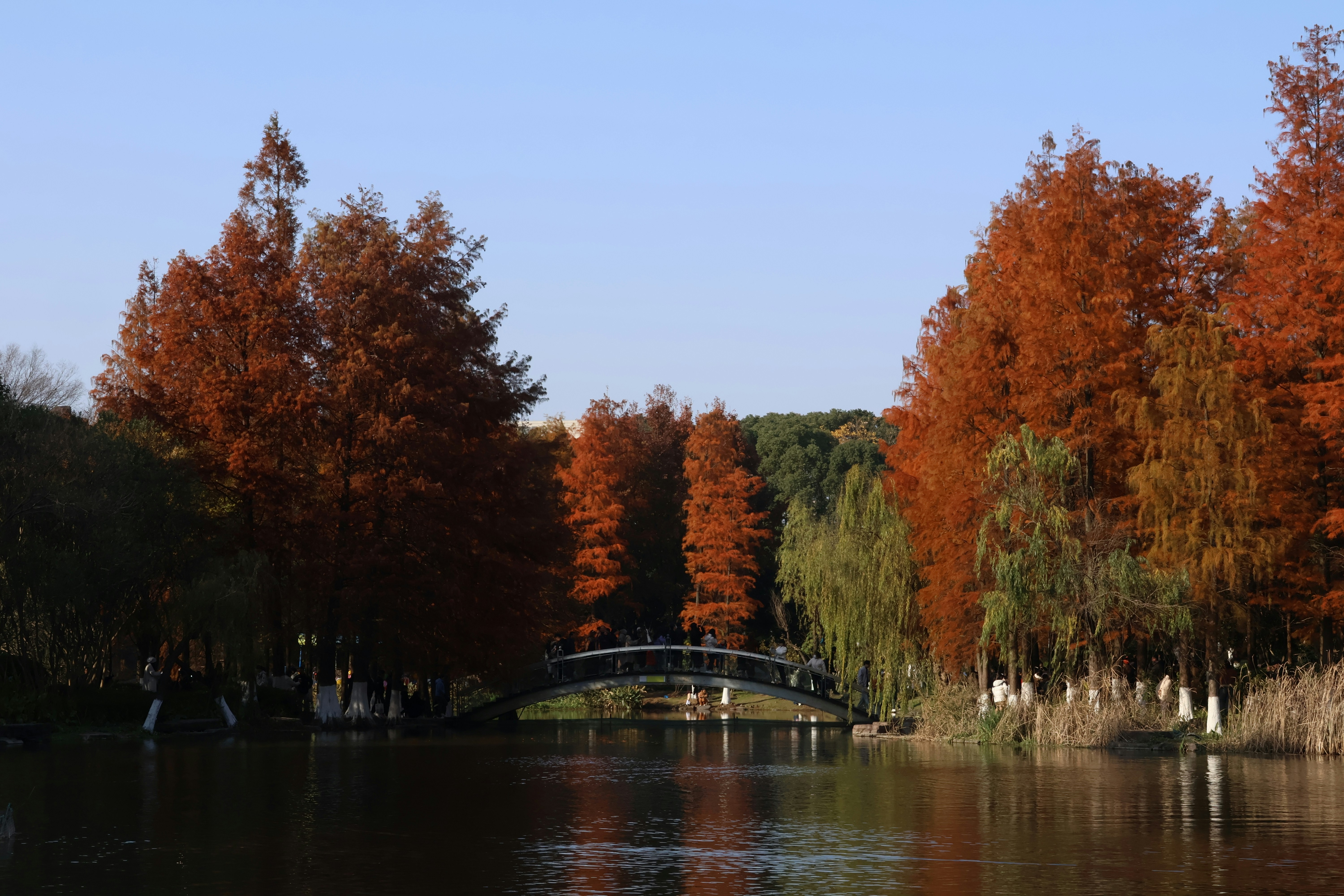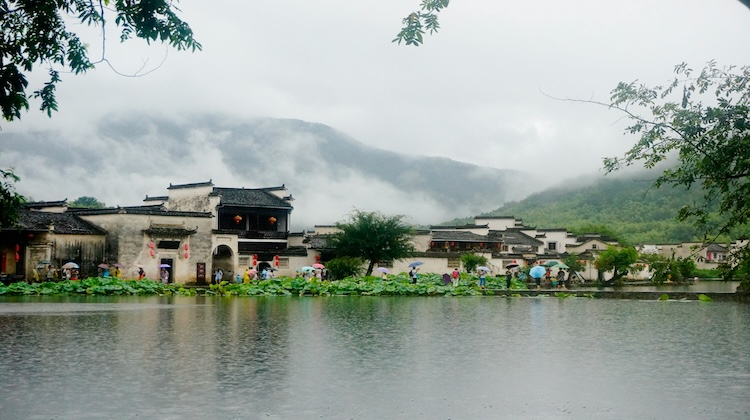When people think about traveling to China, the first places that usually come to mind are big, famous cities: Beijing with its Forbidden City, Shanghai’s bright skyline, or Xi’an and the Terracotta Army. And of course, these are all amazing places to visit. But today, I want to tell you about a small village that’s just as special in its own way — and in my opinion, one of the most beautiful places in China: 宏村 (Hóngcūn, literally means: Hóng village).
It’s quiet. It’s old. It’s where language, culture, architecture, and philosophy come together.
A Village Frozen in Time
宏村 (Hóngcūn) is located in the southeastern part of Anhui Province (安徽省 Ānhuī Shěng), not far from the famous Yellow Mountains (黄山 Huángshān). You can take a high-speed train from Shanghai to the Yellow Mountains in about 3 hours, and then a short bus or taxi ride will bring you straight to the village.
The village has a history of over 900 years and is considered one of the best-preserved examples of rural architecture and city planning from feudal China — so much so that it’s been named a UNESCO World Heritage Site. You might even recognize it from the movie Crouching Tiger, Hidden Dragon, which filmed several scenes here.
When you arrive, you’ll feel like you’ve stepped into a classical Chinese painting.

Narrow stone paths wind between white-walled houses. Small stone bridges, willow trees, still water, and whitewashed walls reflected in the ponds — a peaceful world far from the noise of modern life.
徽派建筑 (Huīpài jiànzhù) — Traditional Hui-Style Architecture
One of the most striking parts of 宏村 (Hóngcūn) is its architecture, known as 徽派建筑 (Huīpài jiànzhù), or Hui-style architecture. Developed during the Ming and Qing dynasties, it’s known for white walls, black-tiled roofs, horse-head shaped walls (马头墙 mǎtóu qiáng), and fine wooden carvings.
The houses are usually built around a central courtyard, with rooms on all four sides. These were homes built by wealthy merchant families who valued education and Confucian family traditions. Inside, you’ll often find carved wooden windows, ancestral halls, and delicate stone pathways.
In 宏村 (Hóngcūn), you can explore several of these historic residences, many of which are open to the public. Walking through them, you’ll see how architecture was used to express traditional Chinese values — respect for ancestors, family order, and harmony with nature. One unique feature are the 牌匾 (páibiǎn), or inscribed plaques, hanging above doorways and in central halls. These display powerful words like 忠孝 (zhōngxiào – loyalty and filial piety) or 勤俭 (qínjiǎn – diligence and frugality), showing the ideals that guided family life.

徽派建筑 (Huīpài jiànzhù) is more than just beautiful — it reflects a way of living deeply connected to harmony, modesty, and tradition.
风水 (Fēngshuǐ) — A Village Designed in Harmony
Another reason 宏村 (Hóngcūn) feels so balanced and peaceful is its layout. The entire village was designed based on 风水 (fēngshuǐ), the traditional Chinese philosophy of harmony between humans and nature.
The village layout mimics the shape of a cow or ox (牛 niú), a symbol of strength and prosperity. The mountain forms the “head,” two large trees are the “horns,” the famous 月沼 (Yuèzhǎo, Moon Pond) is the “stomach,” and a network of canals represents the “intestines.” These canals still carry fresh mountain water throughout the village.

In Chinese thought, flowing water brings fortune and energy (气 qì). The village founders believed that this layout would bring balance, health, and prosperity to those who lived there.
A Place to Taste, See, and Learn
As you explore 宏村 (Hóngcūn), you’ll probably see groups of young people sitting quietly near the ponds, under trees, or on stone bridges — sketching or painting. These are art students from universities across China. 宏村 (Hóngcūn) is one of the most popular destinations for practicing traditional landscape drawing.

If you’re learning Chinese, it’s a great opportunity to chat with them. Try asking simple questions like: “你画的是什么?” (Nǐ huà de shì shénme? – What are you drawing?) or “可以看看你的画吗?” (Kěyǐ kànkan nǐ de huà ma? – Can I take a look at your painting?). Many students are friendly and happy to talk, and their art is often for sale — a lovely and affordable souvenir to take home.
While you enjoy the scenery, don’t miss the food. 宏村 (Hóngcūn) is part of the famous 徽菜 (Huīcài) or Hui cuisine tradition, known for deep flavors and slow-cooked dishes. The most famous is 臭鳜鱼 (chòu guìyú), or “stinky mandarin fish.” Despite the name, it’s actually not stinky — it’s fermented and then cooked until tender and flavorful. You can also try 毛豆腐 (máo dòufu), or “hairy tofu,” which has a soft inside, crispy outside, and a rich fermented flavor. Alongside these, you’ll find hearty vegetable dishes, local tofu, and mountain herbs.
Why 宏村 (Hóngcūn) Should Be on Your List
宏村 (Hóngcūn) isn’t a place to rush through. It’s a place to slow down, look closely, and learn — whether it’s from the wooden plaques above the doorways, the students painting by the pond, or the quiet sound of water flowing past your feet.
Have you been to 宏村 (Hóngcūn) already? Let me know in the comments below!







